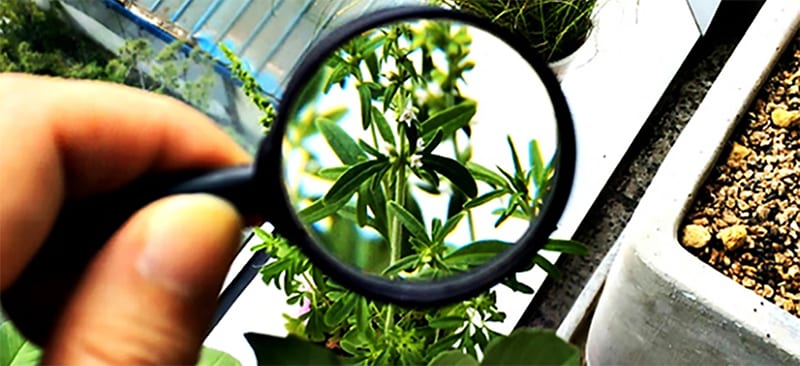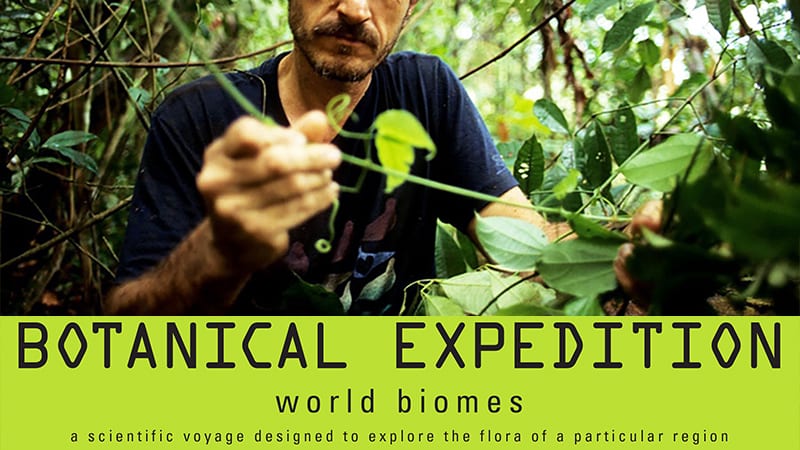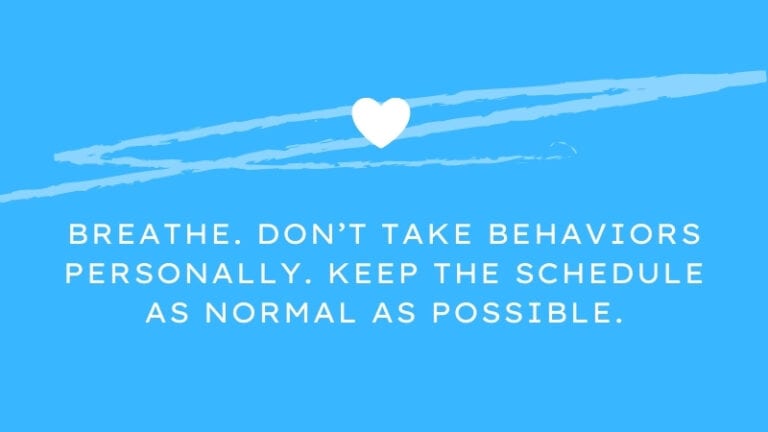Your students have been hand-selected to go on a scientific voyage to uncover a new plant species that has never been discovered! Independently, each student chooses an expedition location: a specific biome (terrestrial or aquatic).

Expedition Biome Locations:
- Coral Reef (Aquatic)
- Wetlands (Aquatic + Terrestrial)
- Desert (Terrestrial)
- Deciduous Forest (Terrestrial)
- Temperate Grasslands (Terrestrial)
- Savanna (Terrestrial)
- Taiga (Terrestrial)
- Temperate Rainforest (Terrestrial)
- Tropical Rainforest (Terrestrial)
- Tundra (Terrestrial)
Step 1: Research your biome.
Students pinpoint and research a specific area. For example if they choose the desert, they research various deserts around the world, discovering different regions that include a desert biome. Then they choose their continent, country, state and city. This will be the exact location they will explore! Next students zoom in on their expedition location using Google Maps.

Map It: (Example Above) Students go to satellite view and zoom in to check out where their expedition will be. Then they click explore to see images that have been taken at that specific location. They can snap their own image or find an image that represents where they will go for their botanical journey.
Snapshot: Save the image (3-4 inches wide).
Step 2: Create a fact sheet.
Students create a scientific fact sheet of the plant they discovered using Microsoft Word. The sheet should include:
- Botanist name (your name!)
- Continent / country / state / city you found your plant
- Date of your discovery
- Name of your plant
- Is it vascular or non-vascular
- Seed dispersal type (gravity, water, wind, attachment, digestion, exploding, cultivation)
- Roots (anchor – in the ground, aerial – above the ground, or epiphyte – on another plant)
- Stem length (Does it even have a stem?)
- Does it have leaves or spines?
- Adaptations
Note: Some plants may not have all of the attributes listed. If the plant does not, simply list N/A on the scientific fact sheet. Then they add their snapshot to their fact sheet. Students setup their fact sheet but they don’t complete it until they draw their plant (Step 3).
Step 3: Create your plant.
On a separate sheet of paper, students draw a square in the upper left hand corner. Inside the box they draw a picture of what the seed of their plant looks like. On the upper right hand corner, they write their name, biome and plant name. Then they draw their plant in its natural habitat on the paper.

Step 4: Record your findings.
Now that they have discovered their plant, they record their findings. Then they share with the rest of their fellow botanists (example below)!

Optional: You can get biome fact sheet cards, the project written as a letter and an additional plant superlative art project (students design life size plants) for one dollar here: Botanical Expedition (but this is not needed to do the above project)

